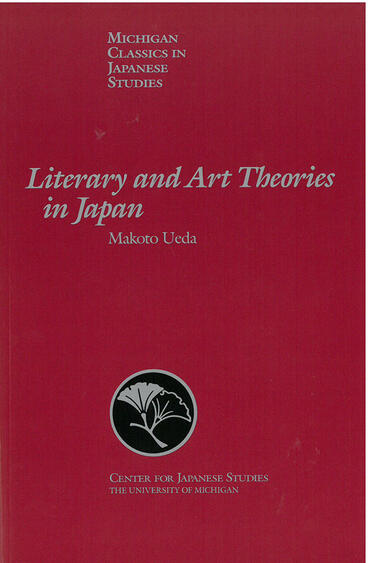Literary and Art Theories in Japan
A critical examination of Japanese literary and art theories.
Description
Literary and Art Theories in Japan surveys thirteen major aestheticians to uncover what remained important over the course of Japanese history. Rather than take a comprehensive descriptive approach, Makoto Ueda focuses on views of the essential nature of literature and art, considering how people answered questions such as “How does art differ from life?” or “What is the use of art?” or “Can art ever become a religion?” Literary and Art Theories helps readers gain a deeper understanding of Japanese literature and art. By learning about the philosophies of art in Japan, readers come to know the aims and methods with which the Japanese produced paintings, music, plays, novels and poems. As it happens, many of the major Japanese aestheticians were also great artists, so the person who carefully examines their theories of art will be rewarded with a glimpse into the secret of their creative achievements too. Ueda’s examination of Japanese aesthetic ideas also contributes to an international definition of art. Attempts to answer the questions “What is art?” or “What is literature?” are nearly always formulated within a single cultural tradition, but a definition of art that makes any claim to universality must be applicable to all traditions. Japanese theories of art, which developed independently of Western culture, provide a touchstone by which to test the universal validity of a Western aesthetic concept.
Makoto Ueda is Professor Emeritus of Japanese literature at Stanford University.

